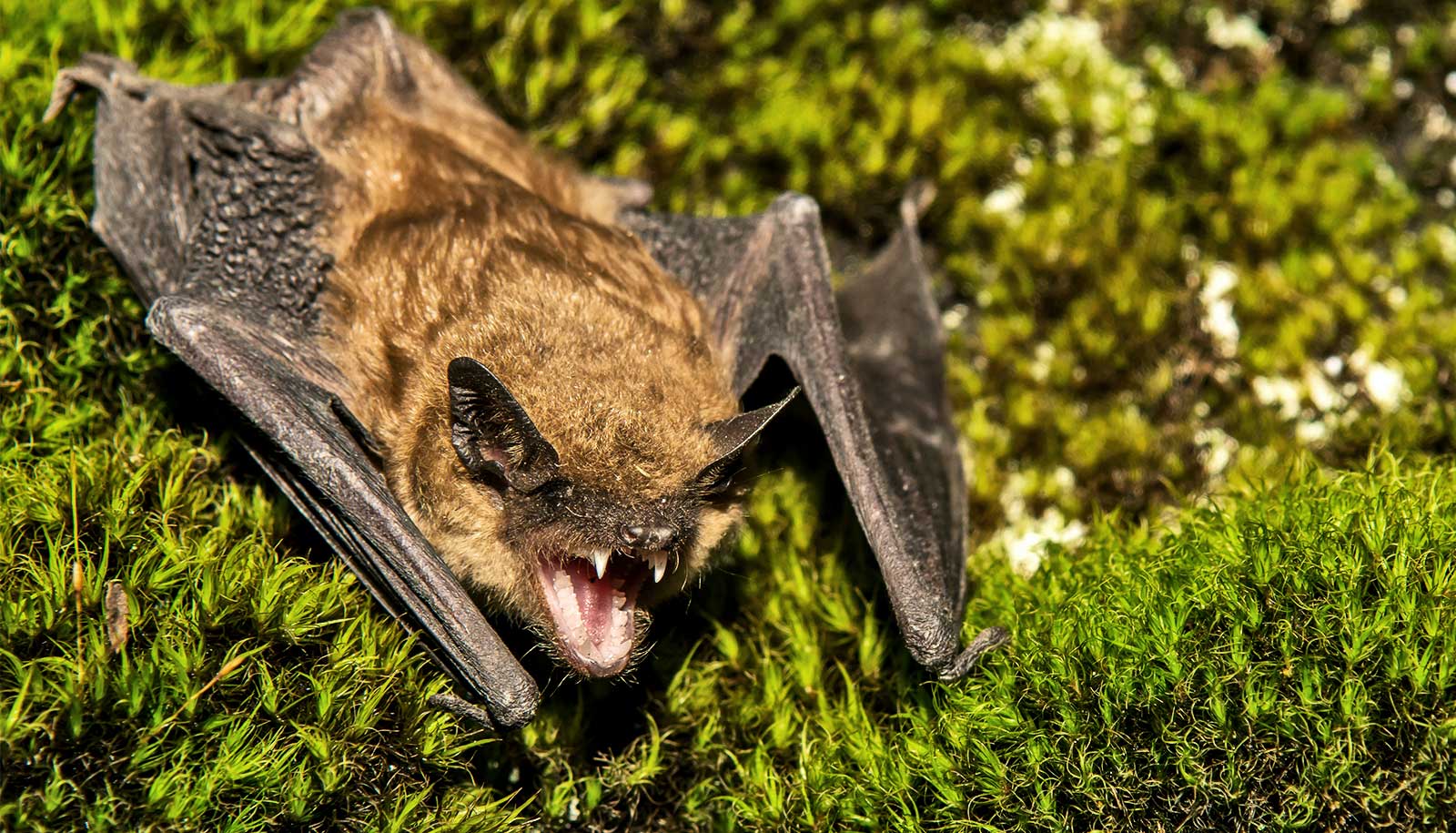Share this
Article
You are free to share this article under the Attribution 4.0 International license.
Researchers have confirmed that North American bats glow under ultraviolet light.
The new study from the University of Georgia Warnell School of Forestry and Natural Resources found that six different species emit a greenish light when exposed to UV rays.
This is the first discovery of such a phenomenon for bats located in this part of the world. The tricky thing now, the researchers say, is figuring out why.
“It may not seem like this has a whole lot of consequence, but we’re trying to understand why these animals glow,” says Steven Castleberry, corresponding author of the study and a professor in wildlife ecology and management.
“It’s cool, but we don’t know why it happens. What is the evolutionary or adaptive function? Does it actually serve a function for the bats?”
Previous research has revealed that some mammals, like pocket gophers, also emit a glow under ultraviolet light.
The present study found the trait is also found in big brown bats, eastern red bats, Seminole bats, southeastern myotis, gray bats, and Brazilian free-tailed bats.
“Bats have very unique social ecology and sensory systems, and the characteristics we found in these species differs from many other observations in nocturnal mammals,” says Briana Roberson, lead author of the study and UGA alumna. “It’s possible for glowing functions to be more diverse than we previously thought.”
The researchers examined 60 specimens from the Georgia Museum of Natural History under UV lighting and found that their wings and hind limbs give off photoluminescence. With a light measurement tool, the researchers determined the glow was a shade of green.
The color and location of the glow suggest that this is a genetic characteristic, not something related to the environment the bats inhabit.
“It’s ultimately some sort of mutation, and then that mutation somehow gets perpetuated usually because it’s beneficial. Individuals that have that trait tend to survive and reproduce better, so it gets more common in the population. There is evidence that glowing is a common trait,” Castleberry says.
How the glow benefits the bats—or the other mammals—is still unknown.
Researchers found the color was the same between sexes and among the species, suggesting that it is not for sex or species recognition. It also did not appear to be used as camouflage or to attract mates.
Instead, because many bats can see the wavelengths emitted, they think the glow may be an inherited trait used for communication.
“The data suggests that all these species of bats got it from a common ancestor. They didn’t come about this independently,” Castleberry says.
“It may be an artifact now, since maybe glowing served a function somewhere in the evolutionary past, and it doesn’t anymore.”
Revealing the evolutionary drivers of species traits could be critical to understanding how bats have adapted in the past and how they can adapt to future environmental changes.
“While it’s still unknown whether photoluminescence may serve an explicit ecological purpose, additional information on adaptive advantages it may provide could be valuable for further understanding bat behavior and ecology,” Roberson says.
The research appears in Ecology and Evolution.
Source: University of Georgia
